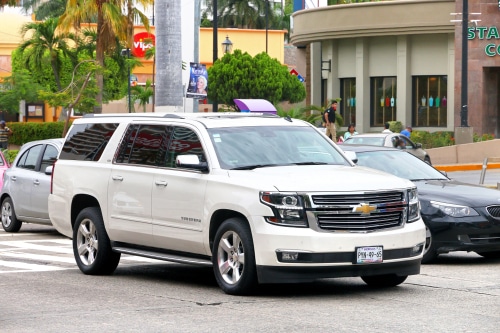
Your Chevy Suburban‘s brake light indicator is there to inform you of an issue with your vehicle’s brake system. It is a light different from the anti-lock brake system, which has its own ABS warning light.

The brake light indicates a problem with the physical braking system itself.
Check the Emergency Brake First
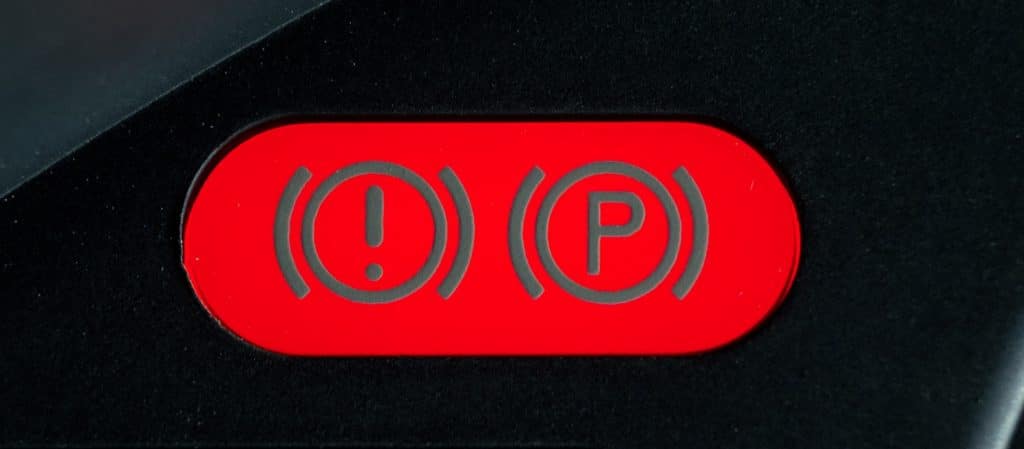
If you read this article trying to figure out whether to drive your vehicle, check the emergency brake first.
If it’s engaged, the brake light will stay lit. If the handle isn’t all of the way down, it’ll cause the brake warning light to stay on. Check to make sure that there isn’t a little bit left that it needs to turn the brake light off.
Now if the emergency brake didn’t fix the situation, it’s time to look into what is causing your Suburban’s brake warning light to stay on. The brake light is perhaps the most critical warning light of all.
We do not recommend driving with this light on at all. Doing so may lead to injury when the brakes fail.
Chevy Suburban Brake Warning Light Causes
The brake warning light indicates that your Suburban has detected that one of its major brake components has failed, typically seen through a pressure loss.
You’ll feel a loss of pressure that manifests itself in the form of a “mushy” brake pedal (low brake fluid level).
If the brake light is only coming on when you push the brakes, that’s a definite indication that the pressure in the brake system is too low. Either the brakes need to be bled, or there is a leak.
Brake Fluid Leak
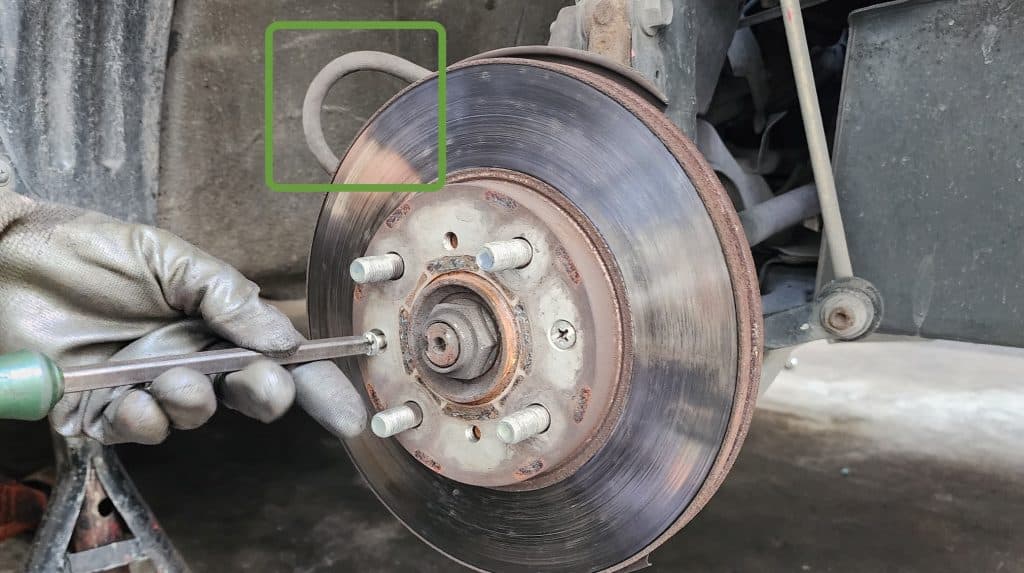
Since you’ve already checked the emergency brake handle, now it’s time to check the master cylinder and see if the brake fluid is low or not. Now if it is low but not empty, adding more may provide a temporary fix.
If the brake fluid looks like it is out, you’ll need to add more, bleed the brakes, and ideally fix the problem so that you aren’t repeating all of this again. If the brake fluid leaks over the brake pads and shoes, it means poor brake performance.
Just remember, it had to leak out somewhere, and adding fluid without fixing the problem is a temporary solution. The leak can get worse over time and lead to brake failure. Look around the brake calipers and brake lines for the leak. Look for fluid under your Suburban, where you usually park.

Pressure Differential Switch
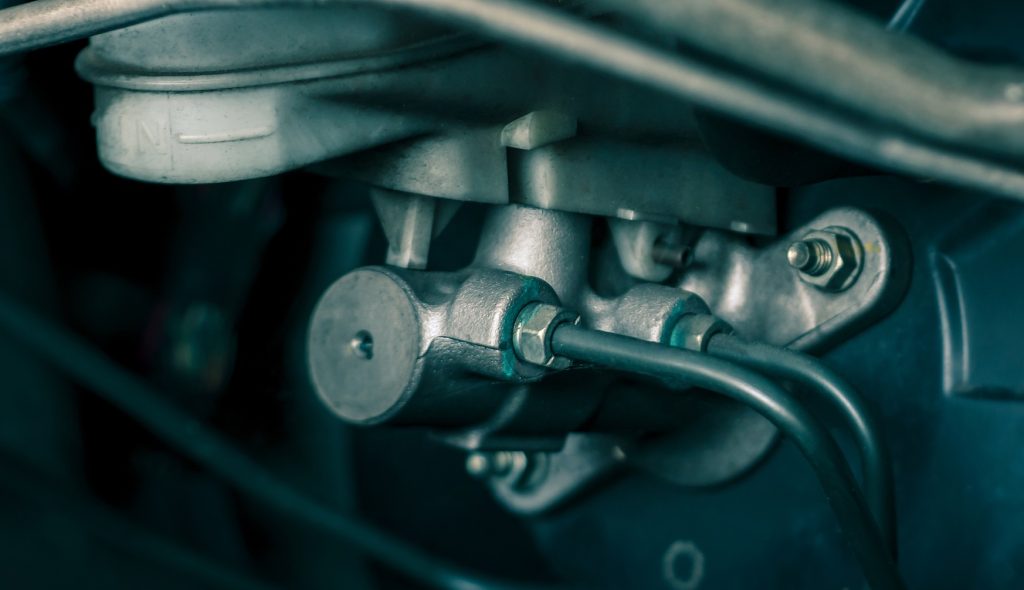
Your brake system is divided into two circuits. These circuits cut the brake system in two. That way, if the brake system gets a leak or fails, you still have brakes on half of your Suburban’s wheels.
The pressure differential switch measures the difference in pressure between the two circuits and will report that there is a difference by turning on your Suburban’s brake warning light.
In most vehicles, this switch is located in the master cylinder. You’ll see a harness plugged in somewhere around there.
Worn Brake Pads
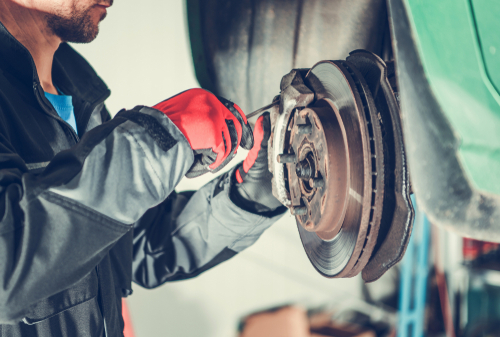
Worn brake pads are often a cause of the brake warning light coming on. The pads have built-in wear sensors that will trigger the light whenever they get down to a certain thickness. These sensors are known as squealers, and you’ll hear.
This is important because it alerts you to replace your brakes before they become too thin and can’t stop the vehicle properly. If your brakes are worn, be sure to have them replaced as
Check the Brake Lights
Some vehicles will now activate the brake warning light on the dash if the actual brake lights behind it have failed. Check to see that both of them are lighting up. If not, try replacing the bulb and see if that solves the problem.
How to Turn off Your Suburban’s Brake System Warning Light

The only way to turn the brake light off is to restore proper line pressure to both brake circuits when the pedal is pushed.
Don’t drive if your Suburban is having trouble stopping or noticeably leaking fluid. Have it towed to a mechanic.
If you mess up fixing your engine, the vehicle does not move. If you mess up fixing the brakes, it doesn’t stop. That’s infinitely more dangerous.
Conclusion
If your Chevy Suburban’s brake warning light is on, and you’ve checked the emergency brake, you’ll need to look for a leak in the lines, calipers, wheel cylinders, master cylinder, etc. Good luck diagnosing the issue. If there is anything that you would like to add, please leave a comment below.

